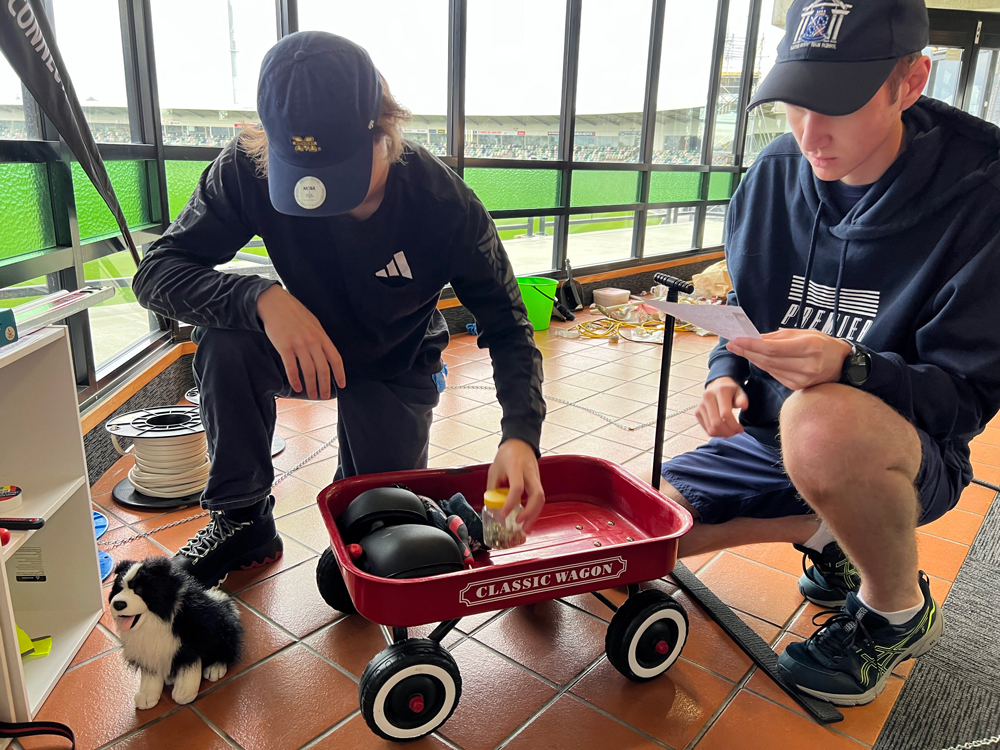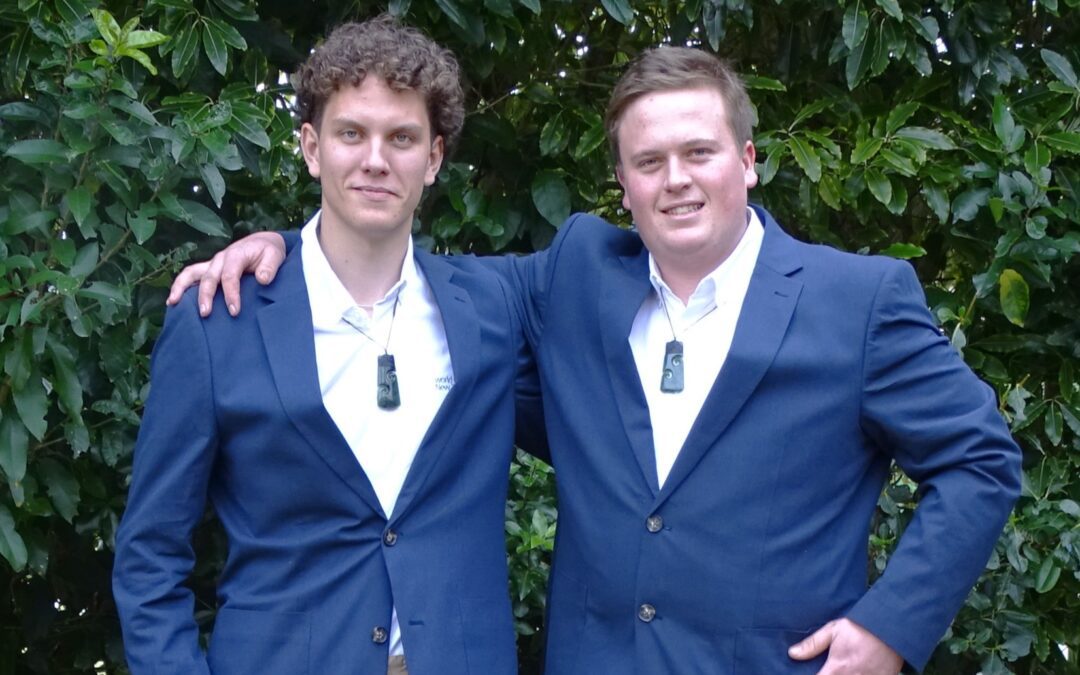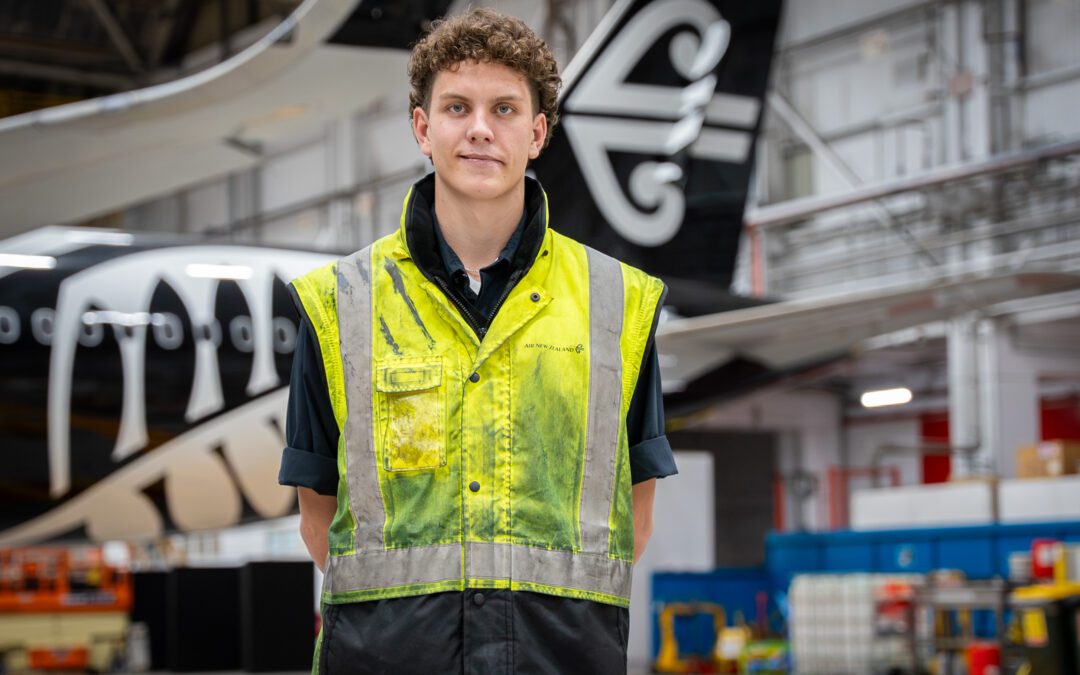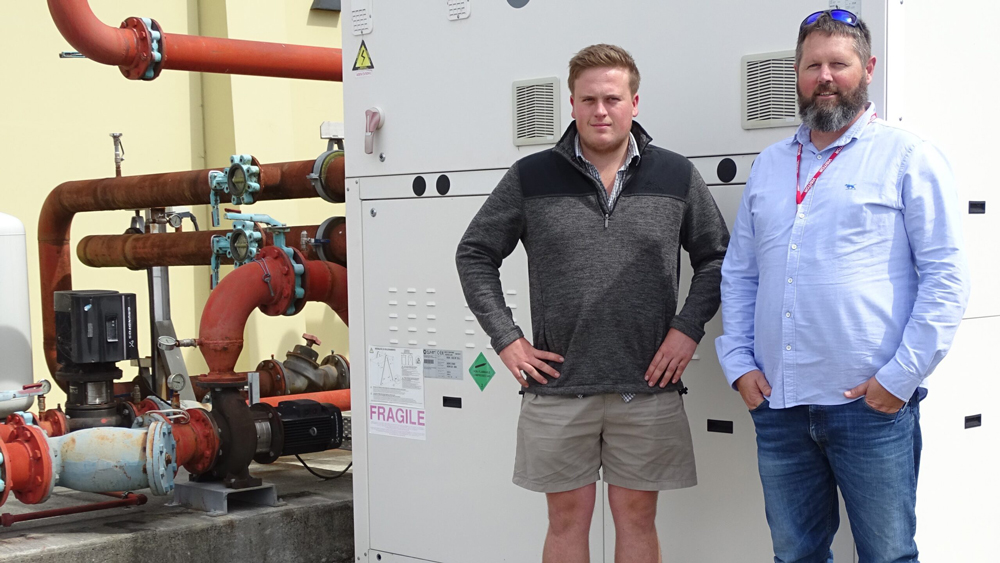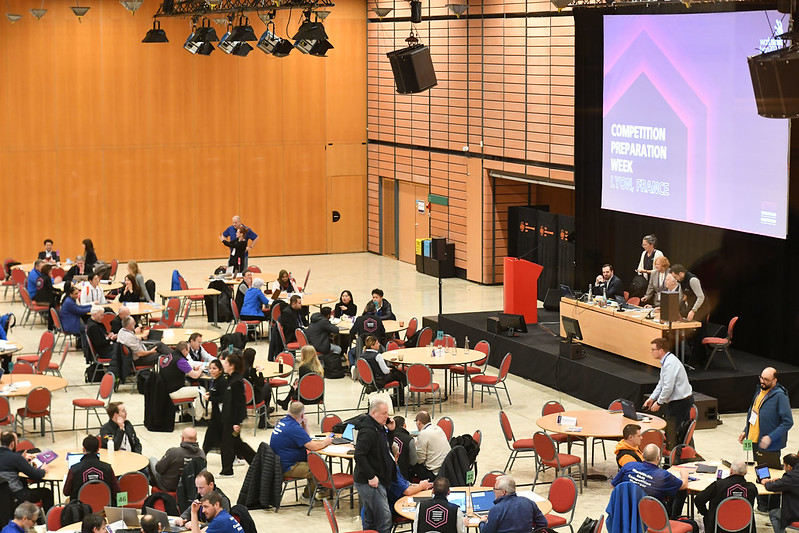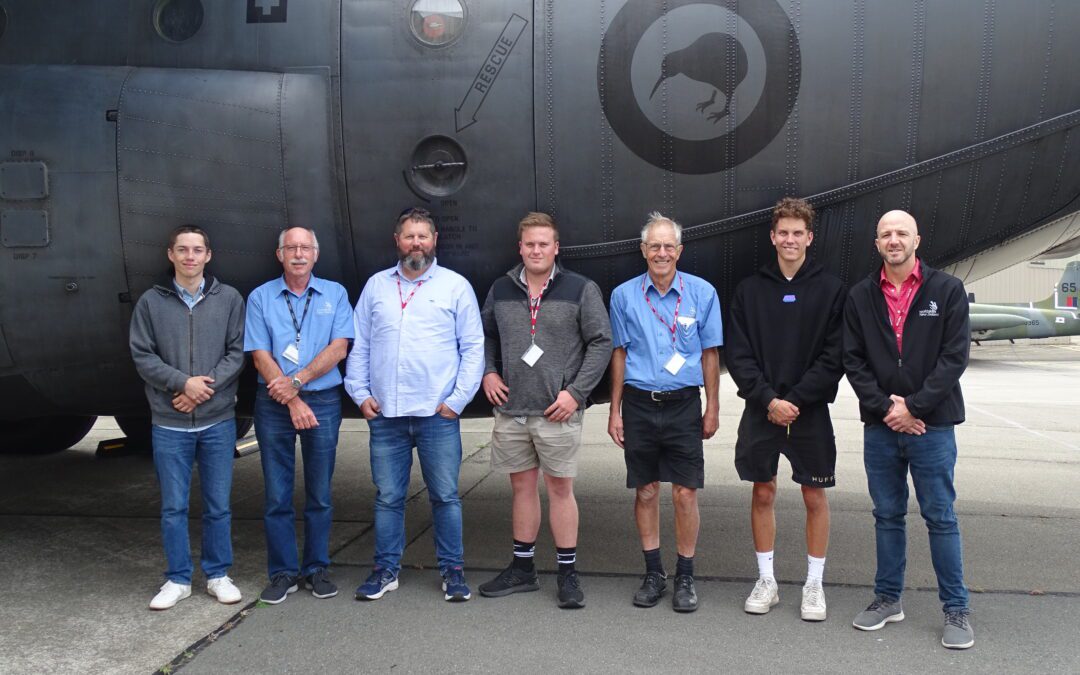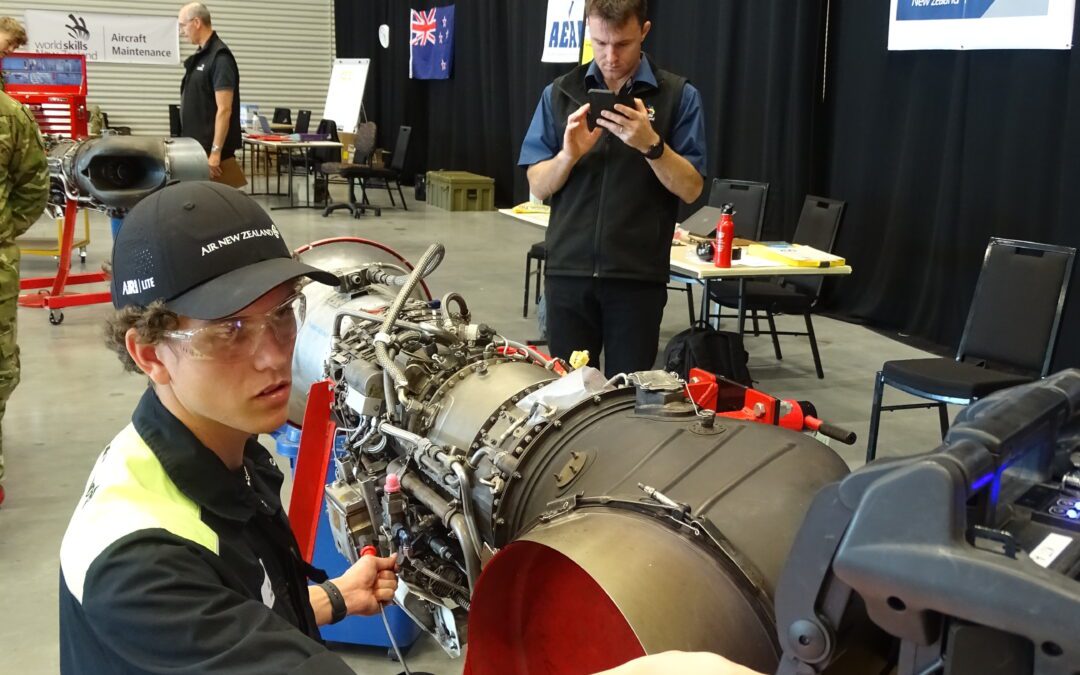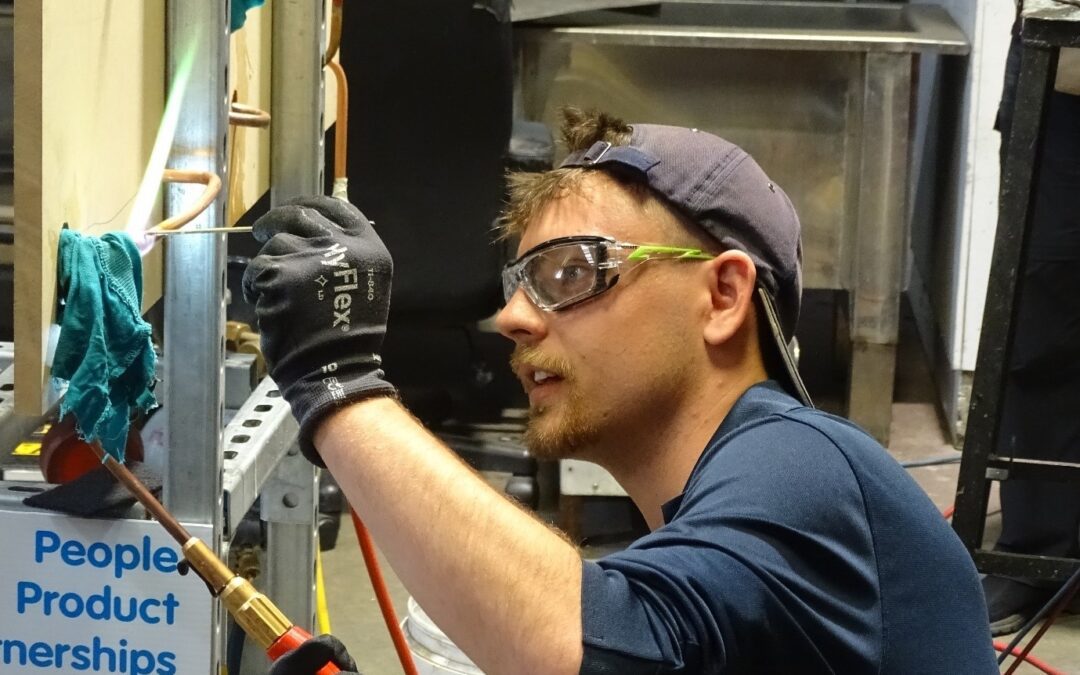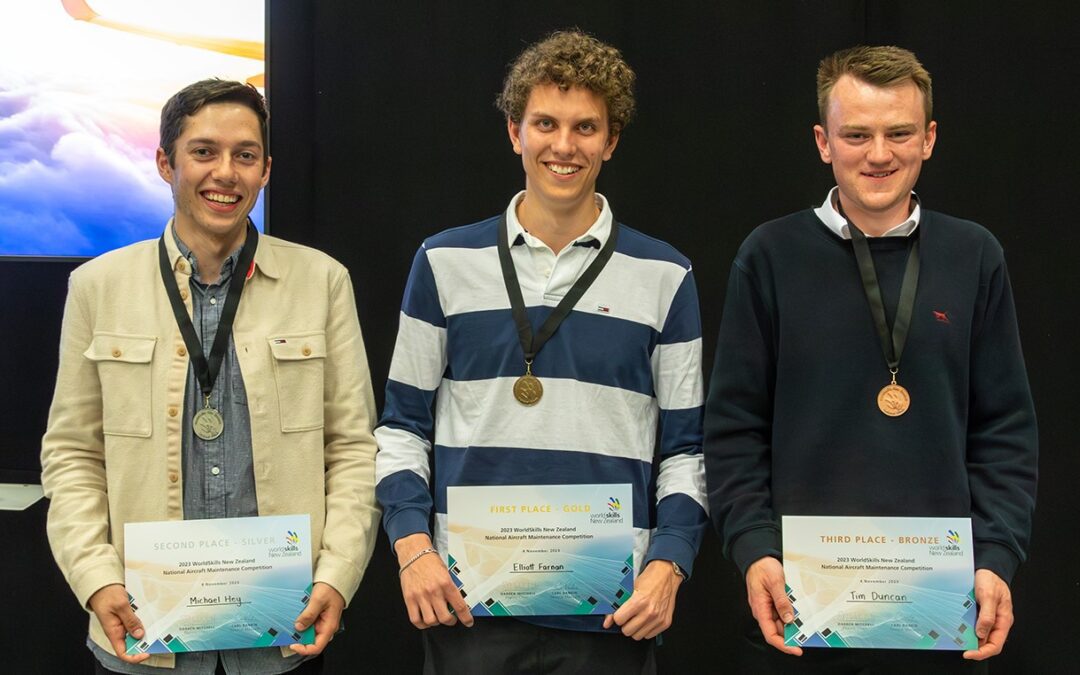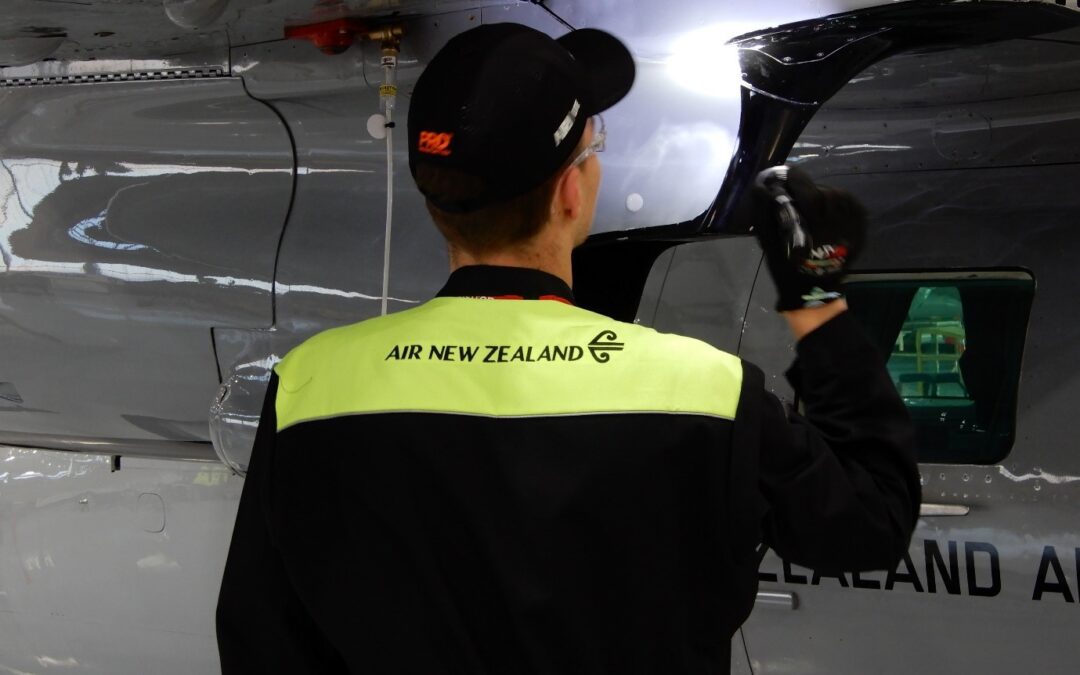Serious fun with wires, spiders and trolley carts
5 July 2022
There is an age-long battle to better connect industry with school students. Now Interschool Electrical competitions have connected schools, students and industry through dynamic and fun simulations of real work-life. They have delivered “exactly what schools need”.
Laura McLeod, Gateway Coordinator at Shirley Boys’ High School says the Christchurch Interschool Electrical Event, which focussed on connecting students from local secondary schools with the Electrical sector, was “incredibly well run and well organised”.
“It was an overwhelmingly positive experience and one that I do hope to see expanded next year.”
Laura says more schools from Christchurch and across New Zealand would benefit from getting on board. She would also love to see the programme replicated in other industries such as plumbing, drain laying, building and other construction trades.
The Canterbury event was one of six Interschool Electrical Competitions, run by WorldSkills New Zealand between late-May and mid-June. Other events ran in Hamilton, Napier, Timaru, Dunedin, and Invercargill.
In late 2021, WorldSkills New Zealand, which has a long history promoting excellence in vocational skills through skill competitions, secured Ministry of Education funding to run the six events. The WorldSkills New Zealand team extended the competition format as a catalyst to connect schools, communities, and employers from the electrical contracting industry. A total of 17 schools and 23 teams took part in the competitions around the country.
Carl Rankin, WorldSkills New Zealand GM, is really pleased with the results. He says this is the first year WorldSkills NZ has run skill competitions with secondary schools.
“It has been a fun and successful way for secondary school students to get a taste of vocational careers in the electrical industry. The students that competed have gained a greater understanding of the industry, where some will choose to pursue careers and others may decide not to. Either way they are more informed and aware of employment opportunities.”
Carl who spent four years as a judge for the New Zealand Electrical Apprentice of the Year competition and ran the competition for a further six years, worked with a close-knit team to design six fun, fast-paced and inventive modules aimed at Year 11‒13 students. He says competitions tick so many boxes “whether it’s bringing people together, highlighting career pathways or just learning new skills”.
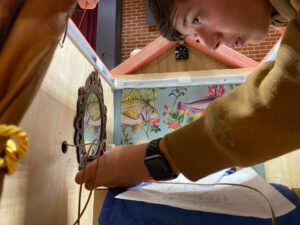 Under the theme of an accommodation refit for “Lebowski the Cat”, students completed a variety of real-world tasks including wiring up a miniature house, quickly but safely driving a “work van” (trolley cart) to collect gear from the depot, crawling across a mock ceiling cavity and working under floor spaces complete with spiders and cobwebs. The competitors also got to learn from St John Community Education Staff, and to show off their own First Aid skills during the first aid module.
Under the theme of an accommodation refit for “Lebowski the Cat”, students completed a variety of real-world tasks including wiring up a miniature house, quickly but safely driving a “work van” (trolley cart) to collect gear from the depot, crawling across a mock ceiling cavity and working under floor spaces complete with spiders and cobwebs. The competitors also got to learn from St John Community Education Staff, and to show off their own First Aid skills during the first aid module.
Alongside the competition was guidance from volunteers who had brought with them many years of industry experience. Some also brought the additional atmosphere and friendly banter as mock site foremen.
For Laura McLeod, a big part of the success of the day was the industry presence and being alongside the Master Electricians Apprentice Challenge which gave school students a view of apprentices at work and a chance to speak with the employers that were there.
“Often, we go along to events, and they are dominated by the tertiary providers and not so much industry. So, that was very cool. The industry component was one of the big drawcards for me.”
Not only were the events successful at bringing people together. They were also a whole lot of fun.
“I could tell by the smiles on their faces that our students just loved the day. When we were driving back, they said ‘Woah, that was much better than we thought that it was going to be’. They came first in the wiring component element, and they were just so proud of themselves when the fan worked, and the light came on. That was really cool.”

